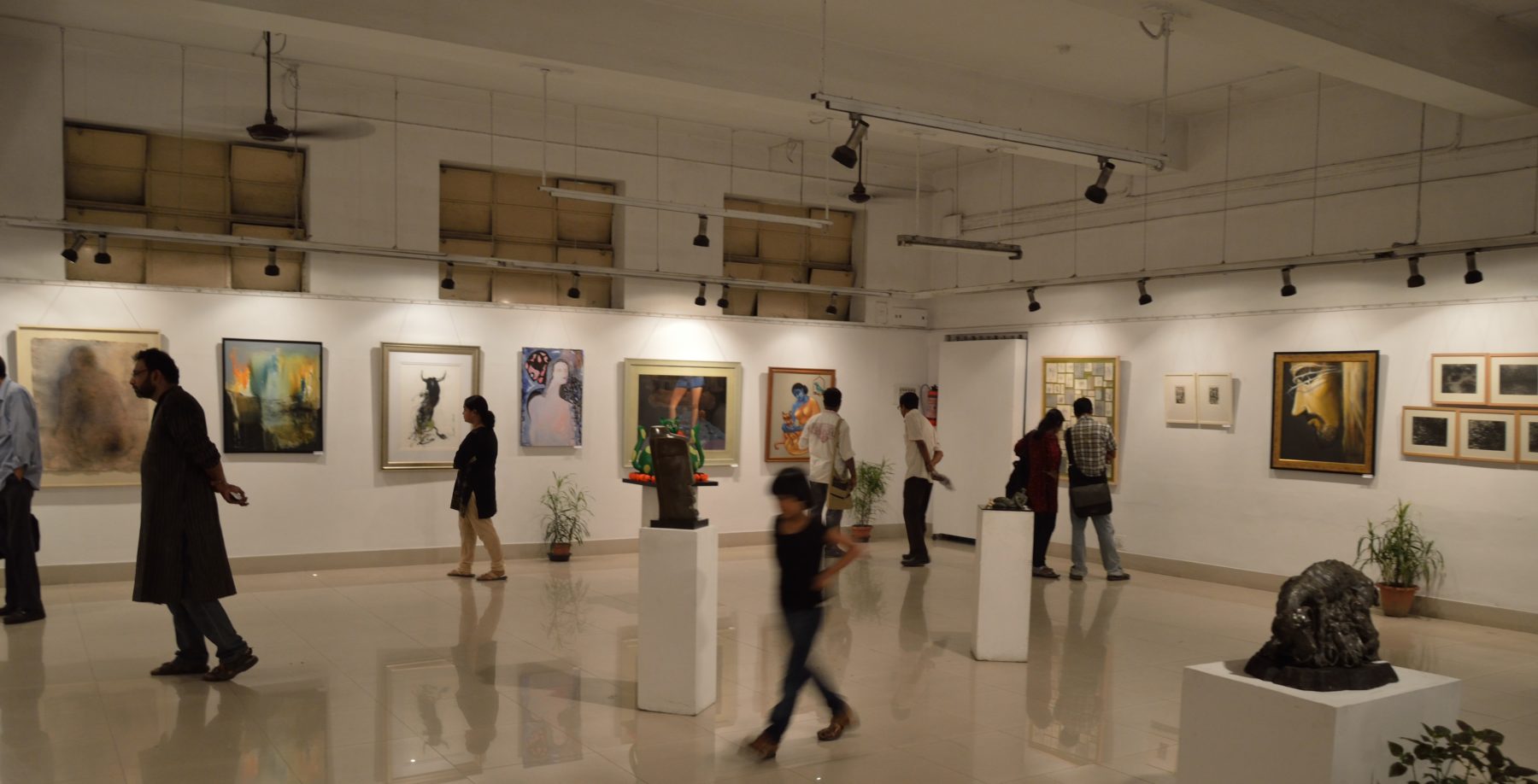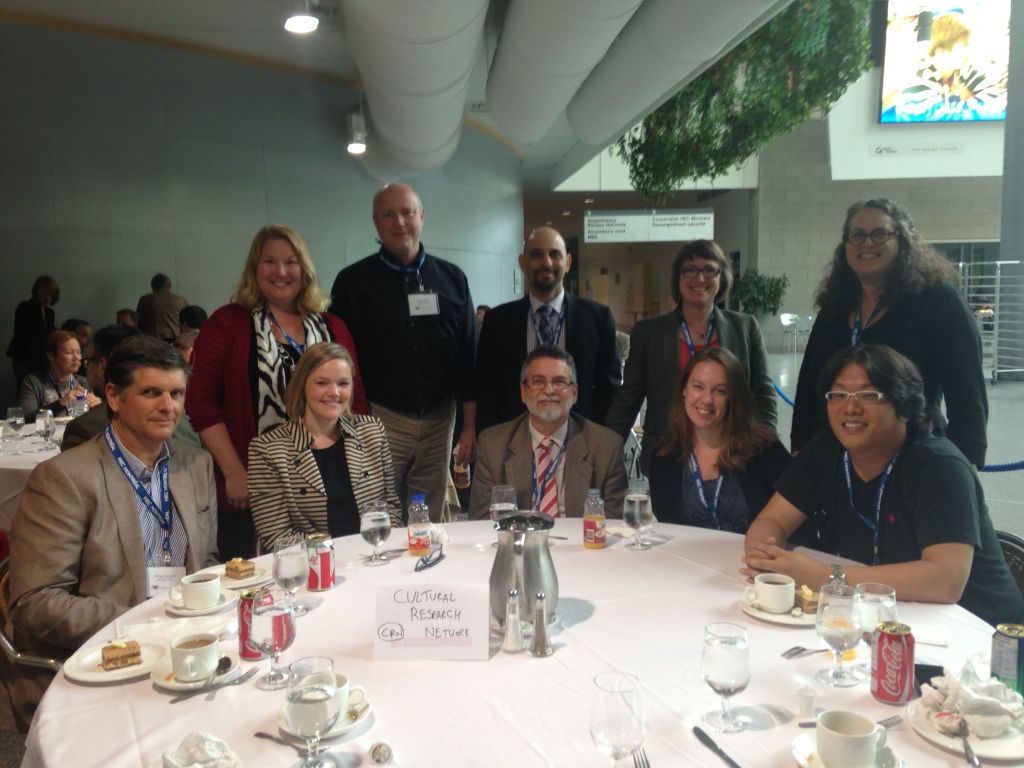On Monday, March 30th, 2015, the Cultural Research Network held a virtual study group on the topic “What is the future of art school?” featuring Caroline Woolard, Vicky Virgin and Susan Jahoda from BFAMFAPhD and Steven Tepper from The Strategic National Arts Alumni Project (SNAAP). This VSG focused on the lives, livelihoods, and careers of people who complete degrees in the arts, and the implications of this research on how we shape arts education curricula and policy. Our guests discussed their respective findings about the careers of artists after art school, and discuss policy implications.
Questions asked included:
“What is the impact of art school on the lives of arts graduates?”
“In a world where a degree improves economic and professional outcomes for graduates, does this hold true for an arts degree?”
“In our changing economy, with an increasing focus on contract labor and the ‘knowledge economy’, what is the future of art school?”
About the presenters:
The Strategic National Arts Alumni Project (SNAAP), partners with degree-granting institutions to administer a survey to arts graduates from over 92,000 arts alumni in America. Comprised of an online survey, data management, and institutional improvement system, SNAAP is focused on using their research findings to enhance the impact of arts-school education. View their 2014 report here and an interactive SnaapShot of findings here.
Concerned about the impact of debt, rent, and precarity on the lives of creative people, BFAMFAPhD makes media to connect viewers to existing organizing work. They are a collective of artists, designers, makers, technologists, curators, architects, educators, and analysts who ask: What is a work of art in the age of $120,000 art degrees? Their recent report, “Artists Report Back A National Study on the Lives of Arts Graduates and Working Artists” shares findings on how arts graduates make their living and manage their debt.
Moderator: Anna Muessig, Gehl Studio


